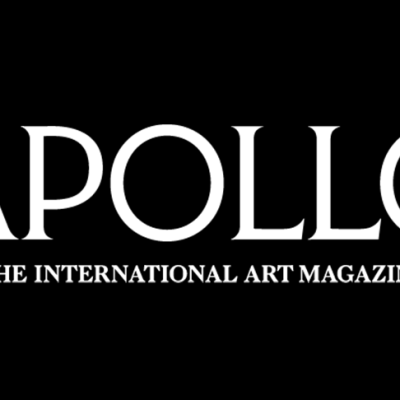Why did Nicolas Bourriaud, the director of the École Nationale Supérieure des Beaux-Arts, get fired this summer? Bourriaud, who was appointed in October 2011, saw his management coming under scrutiny long before his dismissal. In 2014, he was criticised for his ‘privatisation’ of parts of the school (his most controversial initiative was to agree to let Ralph Lauren hold a dinner in the building). Aurélie Filippetti, the then Minister of Culture, kept Bourriaud in place on that occasion. But then why did her successor, Fleur Pellerin, fire him on 1 July?
Was it, as satirical journal Le Canard Enchaîné suggested when it first broke the news, the result of a game of musical chairs? It alleged that Bourriaud would be replaced by Éric de Chassey, the head of the Villa Médicis (the French Academy in Rome), following manoeuvres from Julie Gayet, François Hollande’s partner, who is a close friend of de Chassey’s wife.
Observers of the French arts scene think that this gives very little credit to de Chassey. He was, in fact, one of the few people who seemed eminently qualified to head the Beaux-Arts, and Bourriaud had a far from spotless record at the school. De Chassey’s appointment wouldn’t have been a problem; the problem was the process, which was neither open nor transparent.
Bourriaud’s dismissal was another in a series of recent blunders by the Ministry of Culture. The department was just recovering from the scandal of the newly appointed head of Radio France’s office renovation: it cost €105,000, at a time when a redundancy scheme and cuts had just been announced at the state-funded broadcaster. As Claire Moulène, an arts journalist at Les Inrockuptibles puts it: ‘The dismissal showed that the Ministry has little knowledge of the art world. They didn’t seem to understand what Bourriaud represents on the French and international art scene and the reactions that would be prompted by the dismissal.’
The controversy that followed Bourriaud’s sacking put the exceptional status of the Beaux-Arts under the spotlight – there is no standard procedure for the appointment of the school’s director, or even a fixed term.
The timing of Bourriaud’s departure forced the Culture Ministry to set up a rushed call for applications in the middle of the summer. In September, it was announced that the artist Jean-Marc Bustamante would become the next director of the school. He will take up his post this month. ‘It’s quite a smart move,’ Moulène says. People had been asking for an artist to become director for a long time. It’s still a strange choice if you bear in mind that Bustamante should retire in two years time [he is 63; the state retirement age is 65] and might not be able to finish his mandate. It makes you think: “Such a fuss, for this?”’
Lead image: used under Creative Commons licence (CC BY-SA 2.0)



